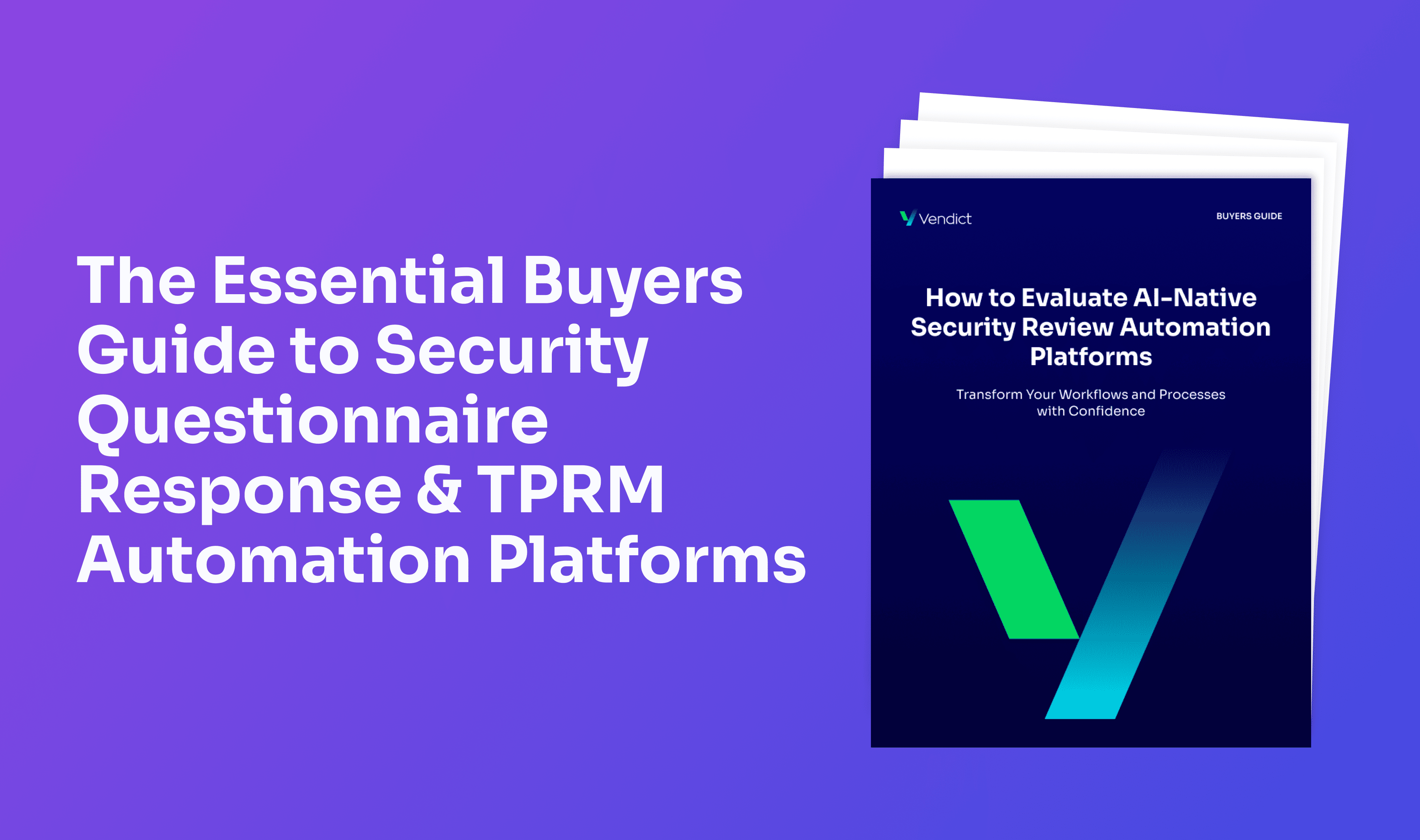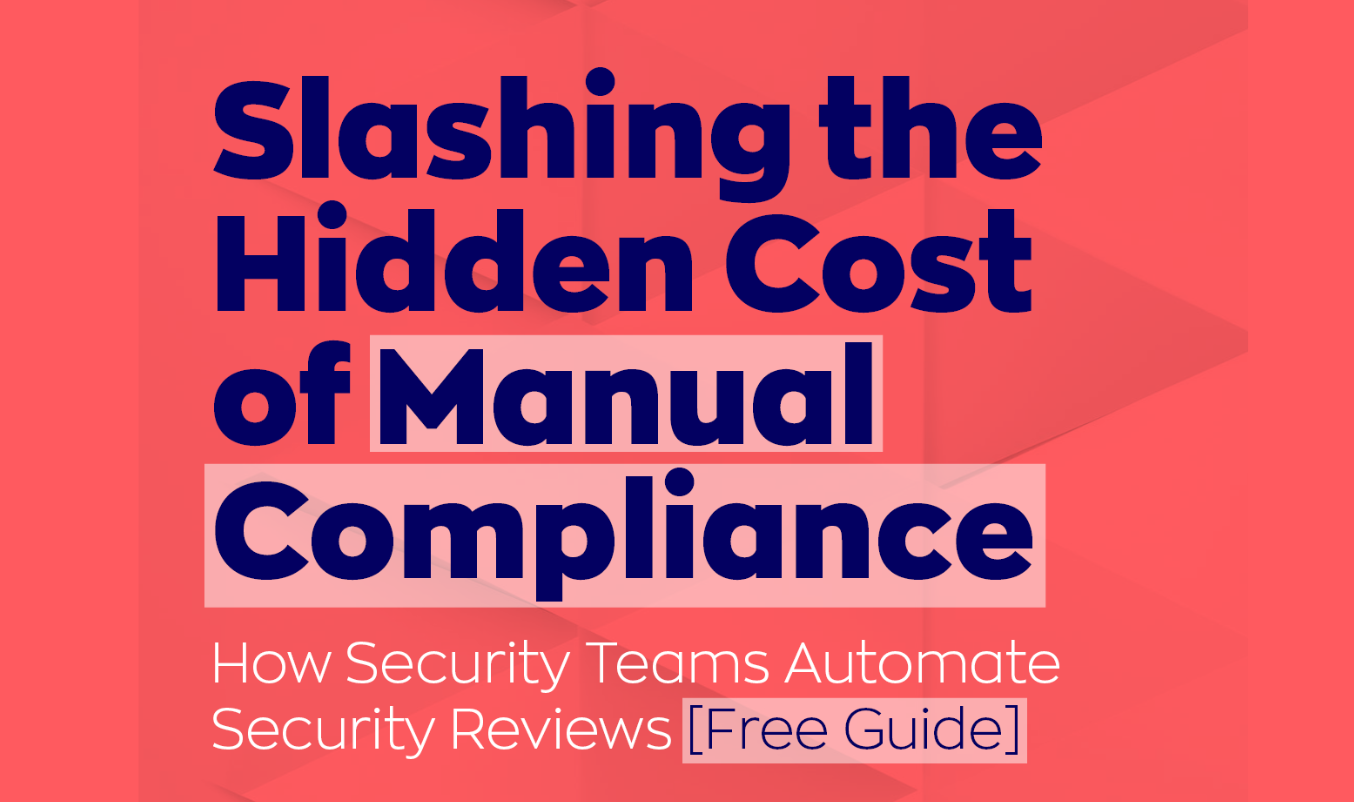Navigating the Complex Landscape of Third-Party Security in Data Protection

Third-party security is increasingly becoming a focal point for organizations aiming to ensure data protection. As companies broaden their networks and deepen their connections with external vendors, the emphasis on third-party security becomes increasingly significant. But why is it so vital?
Recent findings reveal that a staggering 98% of organizations globally have connections with at least one third-party vendor that experienced a breach within the last two years. Such vulnerabilities emphasize the significance of third-party security, with vendors often inadvertently becoming the primary culprits for security breaches.
Modern vendor risk management is on the rise, providing persistent oversight of potential third-party vulnerabilities, comprehensive risk evaluations, and an array of tools designed for adept risk management. These strategies are indispensable for averting complications stemming from third-party security lapses, ensuring that data shared with external collaborators remains secure in our intertwined corporate landscape.
This article delves into the importance of third-party data safety, its distinction from direct security, the primary challenges encountered during third-party collaborations, and guidelines for instituting robust third-party security protocols. By complying with regulatory mandates and implementing stringent security defenses, businesses can safeguard their data and nurture resilient and reliable ties with their external allies in our globally interconnected commerce ecosystem.
Why is Third-Party Risk Security Important for Data Protection?
Data protection is pivotal for organizations in this digital age, where protecting internal data is as crucial as securing data accessed by third parties. But why does third-party data security matter? It is essential because organizations often share sensitive information with external entities, and the security protocols governing these data exchanges are critical to preventing unauthorized access and breaches.
To ensure data security, organizations must develop clear policies and procedures detailing data access, sharing, retention, and disposal requirements for third parties. Furthermore, compliance with data protection laws is mandatory, imposing standards such as obtaining user consent, implementing security safeguards, and maintaining transparency. Once the policies are in place, organizations must enforce the necessary technical and physical security measures to protect data accessed by third parties.
The comprehensive approach to data protection includes risk assessments, which are vital to evaluate the data privacy standards of service providers and to analyze potential risks to individual rights and freedoms. Aligning with regulatory frameworks like GDPR also necessitates the development of focused questionnaires addressing specific safeguards and security measures to ensure personal data protection.
This structured approach allows organizations to remain compliant and secure, safeguarding their data even when engaged with third-party entities.
How Does Third-Party Security Differ from Direct Security?
Direct security focuses on protecting an organization's internal data and infrastructure, addressing primarily internal threats and emphasizing robust cybersecurity measures and access controls. In contrast, third-party security delves into the potential risks arising when data is entrusted to external entities. What makes third-party security so distinct? The answer lies in vendor risk management programs. These are designed to tackle third-party security challenges, continuously monitor potential vulnerabilities, conduct risk assessments, and offer holistic risk management solutions.
Furthermore, third-party data often faces heightened vulnerability due to variations in data transfer and storage protocols across different systems. Add to this the complexities introduced by GDPR requirements on third-party risk management, and it becomes evident that a rigorous approach is essential for ensuring both data security and regulatory compliance.
Data privacy isn't limited to an organization's immediate reach; it also encompasses the data handled by third parties. But what challenges arise when third parties become involved? These entities can introduce multiple risks, each carrying distinct concerns and outcomes.
A prime example is the risk of data breaches. While any entity is susceptible to cyberattacks, third parties often face increased vulnerability due to differences in their data transfer and storage systems. A breach at a third-party level can expose vast volumes of confidential user data. Such breaches can result in dire consequences, from financial setbacks to dwindling customer trust and potential harm to the organization's image.
Additionally, the legal realm underscores the significance of third-party data safety. As data breaches grow more frequent and their privacy implications become more severe, regulations for third-party entities handling data have become stringent. Failing to adhere to these laws can yield grave repercussions, highlighting the pressing need for diligent third-party risk management.
What are the Biggest Third-party issues?
Engaging with third parties brings forth multiple challenges for organizations aiming to maintain data integrity and comply with ever-evolving regulations. But what are the major third-party concerns?
A central issue is legal compliance. The surge in data breaches and increased public awareness have resulted in comprehensive regulatory structures globally. For example, the EU's General Data Protection Regulation (GDPR) strives to unify data protection across member states, focusing on safeguarding EU citizens' data and streamlining regulatory protocols for international organizations. Falling short of these guidelines can lead to substantial penalties, varying based on the violation's magnitude.
However, the vastness of third-party engagements can often lead to limited visibility for organizations, making it challenging to ensure adherence to best practices and legal standards.
Furthermore, third parties themselves face many challenges, from maintaining top-tier cybersecurity defenses to addressing potential internal threats. The intricacy of safeguarding third-party data is immense.
To tackle these hurdles, organizations must adopt a proactive stance: employing best practices, consistently overseeing third-party relationships, and emphasizing strict legal compliance are essential measures to ensure third-party data security.
Main Steps for Implementing Third-Party Security
Integrating third-party security into an organization's framework requires a systematic and comprehensive approach. Let's explore the main steps that organizations should consider:
Step 1: Vendor Assessment and Selection
Before forging a partnership, conducting a comprehensive security screening of potential third-party vendors is crucial. This ensures that the external entity aligns with the organization's security standards and can be trusted with data access.
Step 2: Contractual Agreements
Once a vendor is selected, it's essential to have clear contractual agreements that detail the responsibilities, security requirements, and data handling practices expected from both parties.
Step 3: Risk Assessment
Organizations must proactively assess the potential cybersecurity weaknesses among third-party vendors, business partners, and service providers. Risk assessment questionnaires can help identify areas of concern and areas where tighter controls are required.
Step 4: Security Standards and Controls
Establishing and communicating clear security requirements and controls is essential. These standards restrict access to sensitive data and ensure that third parties handle the data consistent with the organization's policies.
Step 5: Monitoring and Auditing
Continuous monitoring and regular audits of third-party interactions are crucial. This ensures they adhere to the agreed-upon security standards and promptly address potential vulnerabilities.
Step 6: Incident Response Planning
A well-defined incident response plan can help mitigate damages in a security breach or data incident. This plan should outline the steps to be taken, the responsibilities of each party, and the communication channels to be used.
By following these steps, organizations can pave the way for an effective third-party security structure, safeguarding critical data and nurturing a trustworthy and collaborative environment with external partners.
Harnessing Next-Gen Solutions with Vendict
In the constantly evolving landscape of third-party risk management, Vendict emerges as a pioneer, transcending traditional boundaries. Unlike typical TPRM tools, Vendict stands out as a next-generation platform, leveraging the power of automation and linguistic-generative AI.
This state-of-the-art approach is geared towards not only addressing security and privacy compliance but also transforming them into invaluable assets for businesses. With the mounting challenges of third-party security, positioning a solution like Vendict, which resonates with the contemporary needs, offers organizations a competitive edge.
By embracing such innovative platforms, businesses can turn the overwhelming tide of third-party risks into opportunities for growth and assurance.
Bottom Line
In the modern digital realm, businesses are deeply interconnected with third-party entities. As organizations lean more on these external partners for various roles, the significance of third-party security for data preservation becomes paramount. But what risks arise from these interactions? They range from potential data breaches to challenges in regulatory compliance.
Organizations must be alert, proactive, and well-informed to thrive in this intricate environment. By recognizing vulnerabilities, deploying solid security defenses, and consistently overseeing third-party engagements, businesses can ensure data safety, maintain their esteemed reputation, and build confidence within their broader business network.
.png)





.png)




.png)